Below we show 3 versions. The first uses squares, the next uses circles, the next uses an icon of a man and finally we use smiley faces.
Squares
# input data
set.seed(123)
x <- sample(c("A","B"),100,replace = T)
# input parameters - nr * nc should equal length(x)
cols <- c("green", "red")
nr <- 10
nc <- 10
# create data.frame of positions and colors
m <- matrix(cols[factor(x)], nr, nc)
DF <- data.frame(row = c(row(m)), col = c(col(m)[, nc:1]), value = c(m),
stringsAsFactors = FALSE)
# plot squares - modify cex to get different sized squares
plot(col ~ row, DF, col = DF$value, pch = 15, cex = 4, asp = 1,
xlim = c(0, nr), ylim = c(0, nc),
axes = FALSE, xlab = "", ylab = "")

Circles
# plot circles
plot(col ~ row, DF, col = DF$value, pch = 20, cex = 6, asp = 1,
xlim = c(0, nr), ylim = c(0, nc),
axes = FALSE, xlab = "", ylab = "")

png Icons This solution uses a black/white icon of a man which we have assumed has been saved in the current directory as man.png. We color it red and green and use those two versions in place of the squares or circles:
# blank graph to insert man icons into
plot(col ~ row, DF, col = DF$value, asp = 1,
xlim = c(0, nr), ylim = c(0, nc),
axes = FALSE, xlab = "", ylab = "", type = "n")
library(png)
man <- readPNG("man.png")
red.man <- man
red.man[,,1] <- man[,,4] # fill in red dimension
R <- subset(DF, value == "red")
with(R, rasterImage(red.man,
row-.5, col-.5, row+.5, col+.5,
xlim = c(0, nr), ylim = c(0, nc),
xlab = "", ylab = ""))
green.man <- man
green.man[,,2] <- man[,,4] # fill in green dimension
G <- subset(DF, value == "green")
with(G, rasterImage(green.man,
row-.5, col-.5, row+.5, col+.5,
xlim = c(0, nr), ylim = c(0, nc),
xlab = "", ylab = ""))

Smiley Face Icons This solution uses a green smiley face icon and a red frowning face icon which we have assumed have been saved in the
current directory as smiley_green.jpg and smiley_red.jpg.
# blank graph to insert man icons into
xp <- 1.25
plot(col ~ row, DF, col = DF$value, asp = 1,
xlim = c(0, xp * nr), ylim = c(0, xp * nc),
axes = FALSE, xlab = "", ylab = "", type = "n")
library(jpeg)
smiley_green <- readJPEG("smiley_green.jpg")
smiley_red <- readJPEG("smiley_red.jpg")
R <- subset(transform(DF, row = xp * row, col = xp * col), value == "red")
with(R, rasterImage(smiley_red,
row - .5, col - .5, row + .5, col + .5,
xlim = c(0, xp * nr), ylim = c(0, xp * nc),
xlab = "", ylab = ""))
G <- subset(transform(DF, row = xp * row, col = xp * col), value == "green")
with(G, rasterImage(smiley_green,
row - .5, col - .5, row + .5, col + .5,
xlim = c(0, xp * nr), ylim = c(0, xp * nc),
xlab = "", ylab = ""))

Revised To 10x10 green/red and added version using man icon.







